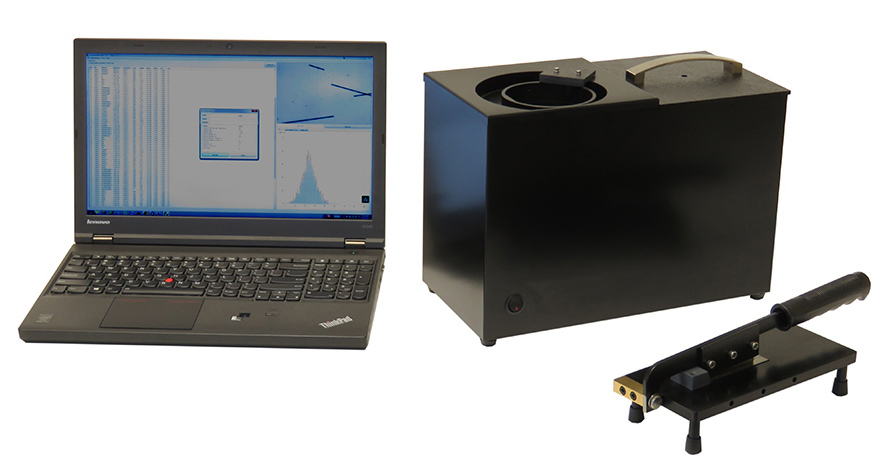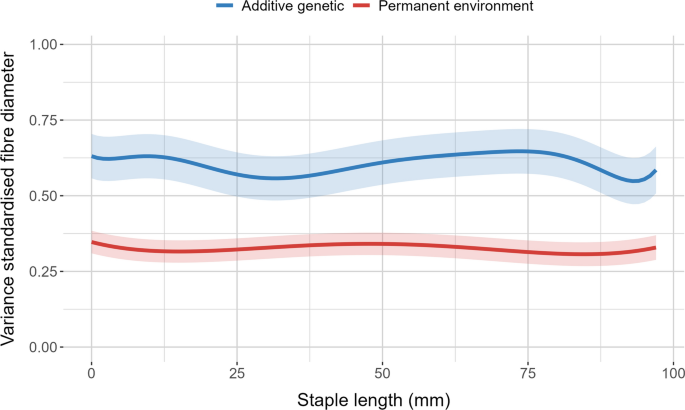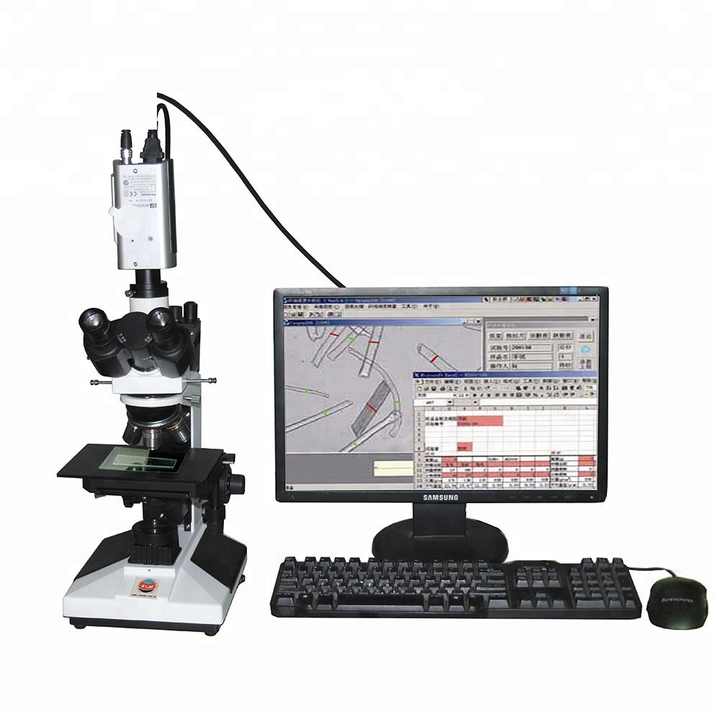Simplifying Measurements with a High-Accuracy Optical Fibre Diameter Analyser
Simplifying Measurements with a High-Accuracy Optical Fibre Diameter Analyser
Blog Article
Maximize Your Fibre Optic Efficiency: Recognizing Optical Fiber Size Analyser Technology
The efficiency of fiber optic systems is critically influenced by the accuracy of their diameter, an aspect usually ignored in the pursuit of optimum signal honesty. Recognizing the technology behind optical fibre size analysers exposes the complex balance between dimension precision and production quality.
Value of Optical Fibre Diameter
The size of optical fibre plays an important duty in establishing the performance and efficiency of interaction systems. On the other hand, smaller diameters often tend to support less settings, which can enhance signal clarity and decrease crosstalk.

Furthermore, understanding the size's implications can bring about cost financial savings by decreasing the requirement for signal amplification and repeaters in comprehensive networks (optical fibre diameter analyser). In final thought, the significance of optical fiber diameter can not be overstated, as it straight influences the general efficiency and dependability of modern-day interaction systems

How Diameter Affects Signal Quality
Signal quality in optical fiber systems hinges substantially on the size of the fibre. A smaller diameter can lead to higher attenuation rates, resulting in signal loss as light trips with the fiber.
Conversely, larger diameters typically enable boosted light capture and minimized modal dispersion, boosting signal clarity. In multimode fibers, a larger core size can support several light settings, however it may likewise introduce intermodal dispersion, which can deteriorate signal quality. As a result, choosing the optimum fiber size is important for achieving the wanted efficiency in specific applications.
In addition, the communication between the fibre size and the wavelength of the light used plays a vital role in determining the reliable transmission range and overall signal honesty. Because of this, comprehending how fibre size influences signal top quality is vital for network developers and engineers striving to maximize optical fiber systems for trustworthy, high-speed information transmission.
Overview of Size Analyser Innovation
In numerous optical fibre production processes, accurate measurement of fiber size is important for making certain constant efficiency and high quality (optical fibre diameter analyser). Diameter analysers are advanced tools made to examine the physical dimensions of optical fibers with high accuracy. They utilize sophisticated optical and laser modern technologies to measure the diameter, ovality, and concentricity of the fibre, thus supplying crucial data for quality control
These analysers can run in-line throughout the manufacturing procedure or as part of off-line testing methods. In-line systems enable real-time tracking, enabling makers to change criteria right away, consequently keeping optimal production conditions. Off-line analysers, on the other hand, offer thorough analyses of sets, ensuring that any inconsistencies from defined get redirected here resistances are identified and dealt with.
Diameter analysers substantially add to the reduction of defects in optical fibers, improving overall product reliability. By continually measuring key specifications, these modern technologies promote conformity with sector standards and specifications. As the demand for high-performance optical fibres remains to rise, the duty of size analysers ends up being significantly crucial in achieving the image source desired high quality and efficiency requirements in fiber optic systems.
Secret Functions of Fiber Size Analysers
Although numerous designs of fiber diameter analysers exist, they generally share a number of crucial features that improve their performance and integrity. One of one of the most considerable features is high-resolution dimension capabilities, which make certain exact diameter readings, critical for keeping quality assurance in fiber production. Furthermore, lots of analysers include innovative optical sensing units made to spot minute variants in fiber diameter, thus giving important data for process optimization.
Another vital attribute is real-time surveillance, permitting drivers to obtain instant comments on fiber size throughout the production process (optical fibre diameter analyser). This ability helps with rapid changes and reduces the chance of problems. Numerous analysers also come outfitted with easy to use user interfaces, enabling drivers to quickly navigate through information and setups results
Additionally, durable data storage and evaluation functionalities are vital for tracking historical performance patterns and making certain compliance with market requirements. Some designs even supply connectivity alternatives for integration into existing production control systems, improving overall functional effectiveness. Last but not least, compact and mobile layouts enable flexible implementation within production settings, making certain that quality control processes are seamless and effective. These functions jointly add to the efficacy of fibre size analysers in optimizing fibre optic efficiency.
Ideal Practices for Fiber Optimization

First, normal calibration of optical fibre size analysers is essential. This makes certain exact dimensions and minimizes possible discrepancies that can affect efficiency. Next off, keeping a tidy workplace is vital; dust and pollutants can cause signify degradation.
Furthermore, it is crucial to choose fibers that satisfy details application needs. This involves examining variables such as depletion, data transfer, and environmental conditions. Proper setup methods should also be adhered to, including preventing sharp bends and extreme stress, which can endanger fibre integrity.
Additionally, employing advanced surveillance systems can promote real-time efficiency evaluations, allowing timely identification of problems. Normal screening and maintenance should be carried out to make certain that fibers stay within optimal functional specifications.
Lastly, training personnel on the most recent fiber optimization innovations and approaches will certainly boost their capability to implement effective strategies. By following these finest methods, companies can dramatically improve the efficiency and life expectancy of their optical fiber systems, making sure efficient communication and information transfer.
Conclusion
Finally, the combination of optical fibre size analyser innovation is essential for making best use of fiber optic efficiency. By ensuring accurate measurements of fiber dimensions, these analysers dramatically enhance signal quality and lower losses during data transmission. Normal calibration and maintenance of the analysers are important to copyright optimal performance and conformity with sector criteria. Inevitably, the application of this technology promotes enhanced information transmission rates and strengthens signal honesty, adding to the general efficiency of fiber optic systems.
Signal quality in optical fibre systems hinges dramatically on the diameter of the fiber.In several optical fiber production processes, accurate measurement of fibre size is crucial for ensuring regular efficiency and quality. As the need for high-performance optical fibers continues to increase, the duty of diameter analysers becomes progressively important in achieving the wanted quality and efficiency requirements in fibre optic systems.
These features jointly add to the effectiveness of fiber diameter analysers in enhancing fibre optic efficiency.
In conclusion, the assimilation of optical fibre size analyser innovation is important for making the most of fiber optic efficiency.
Report this page